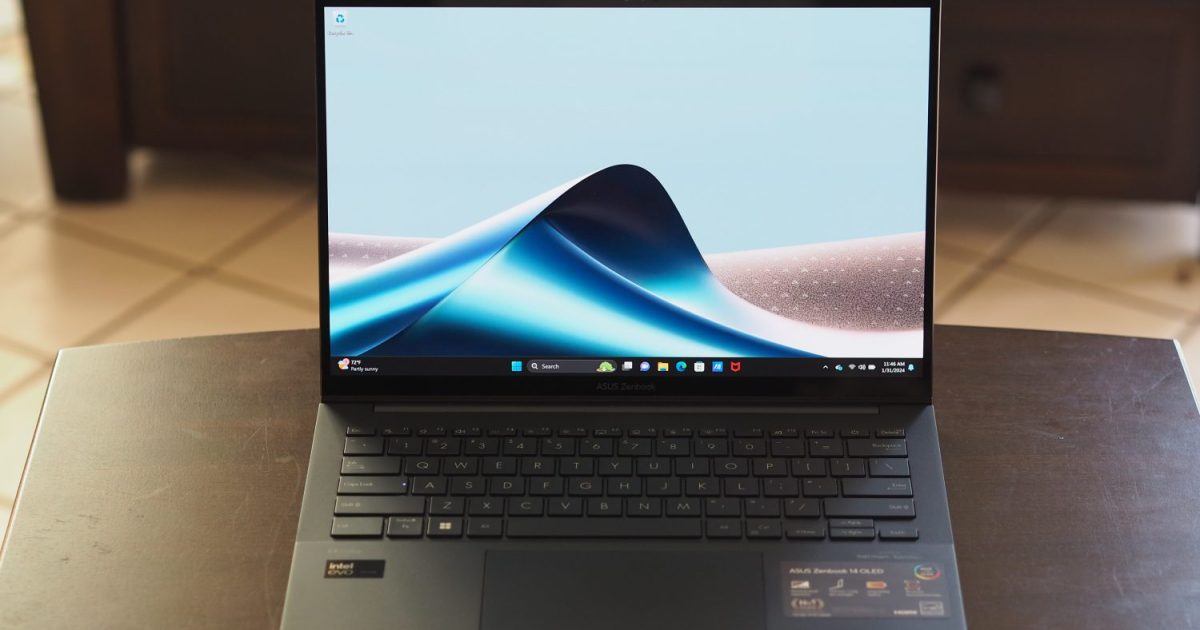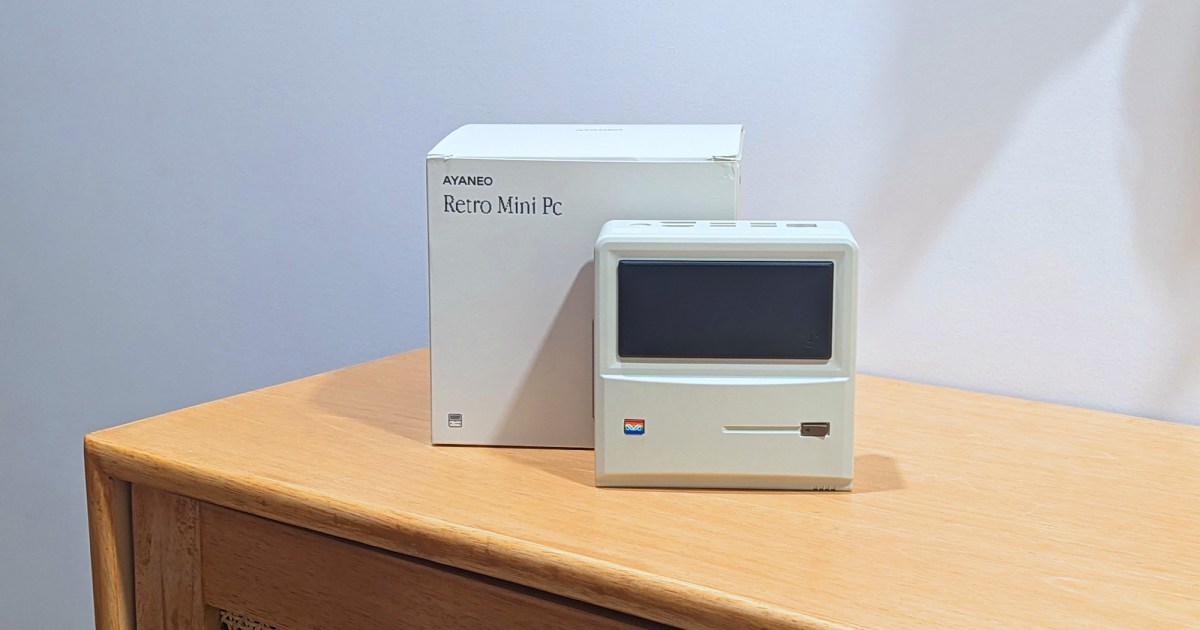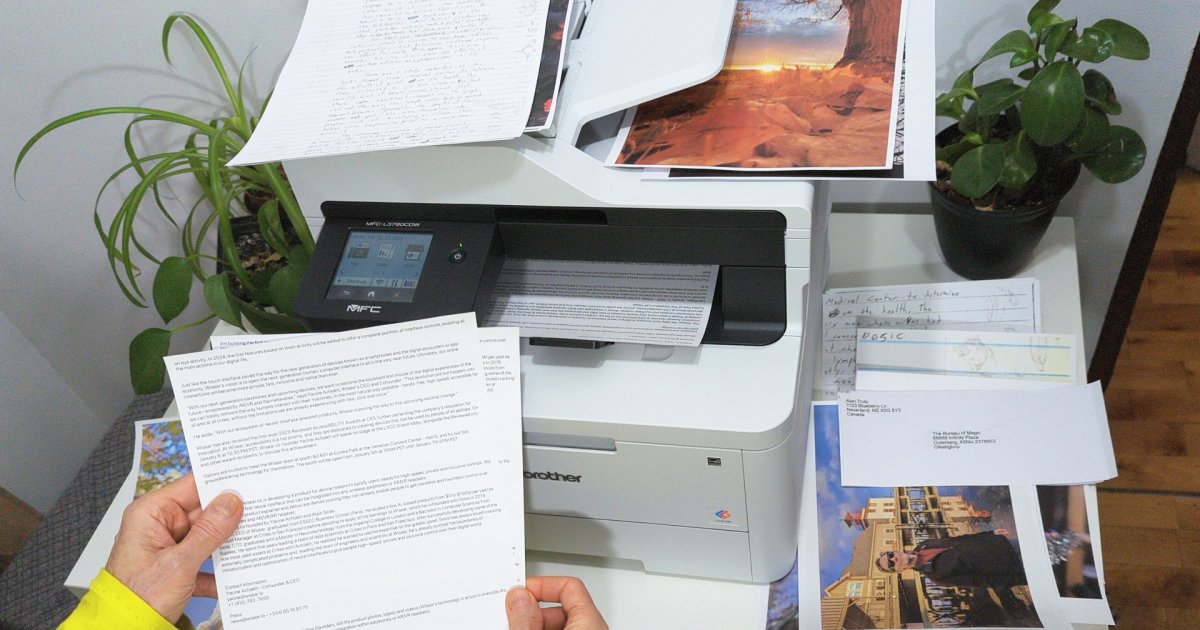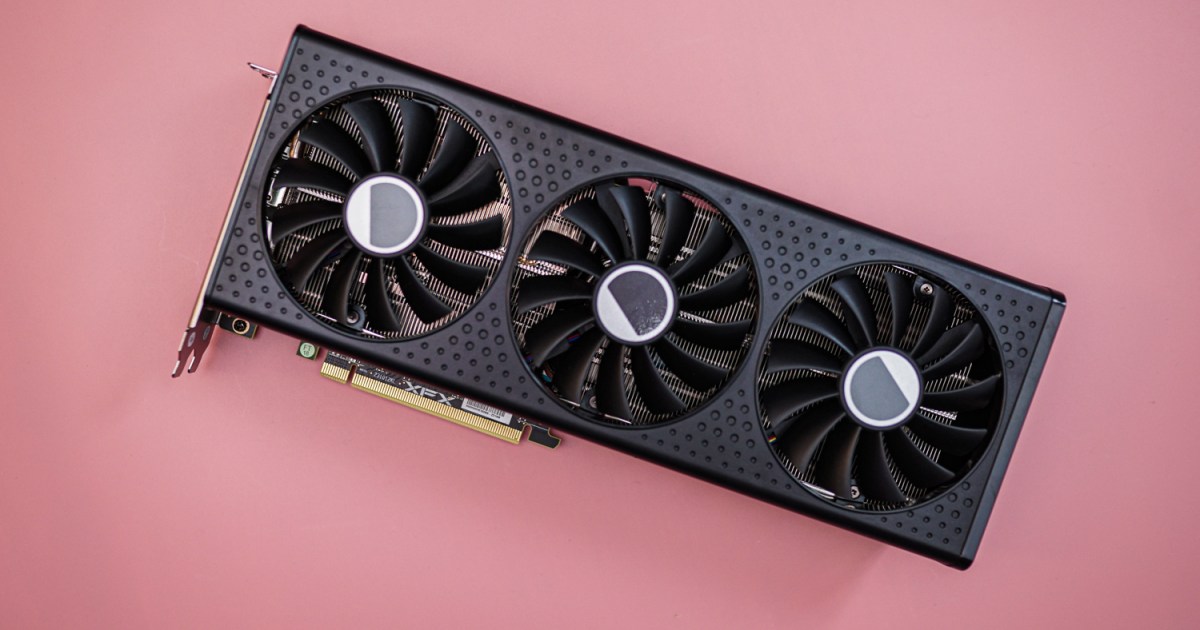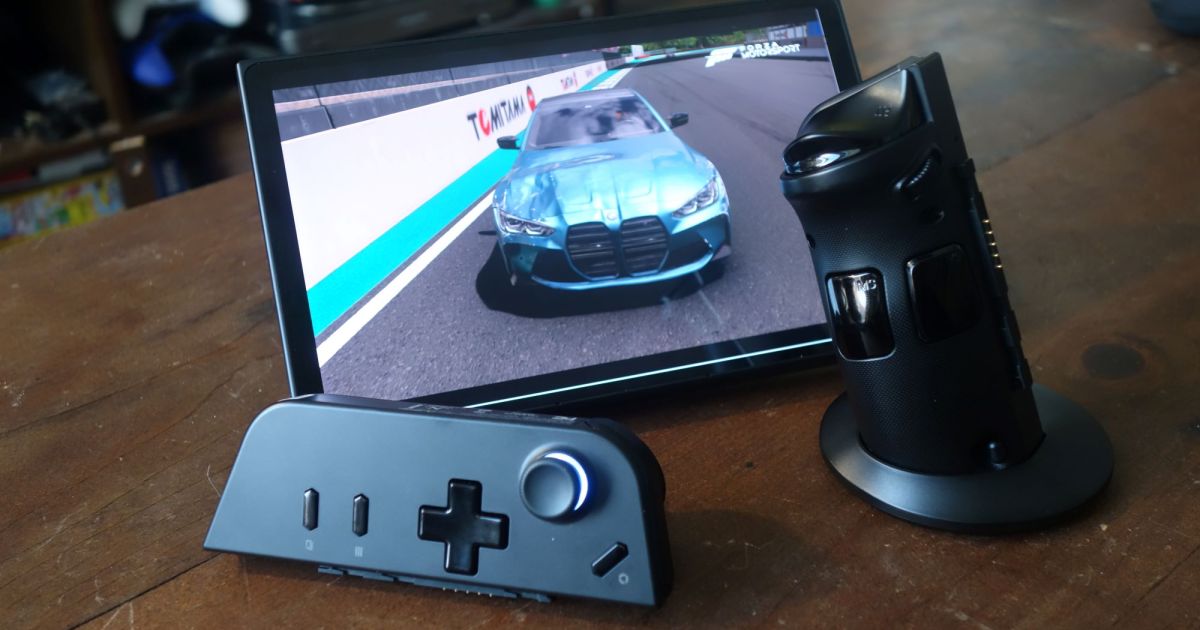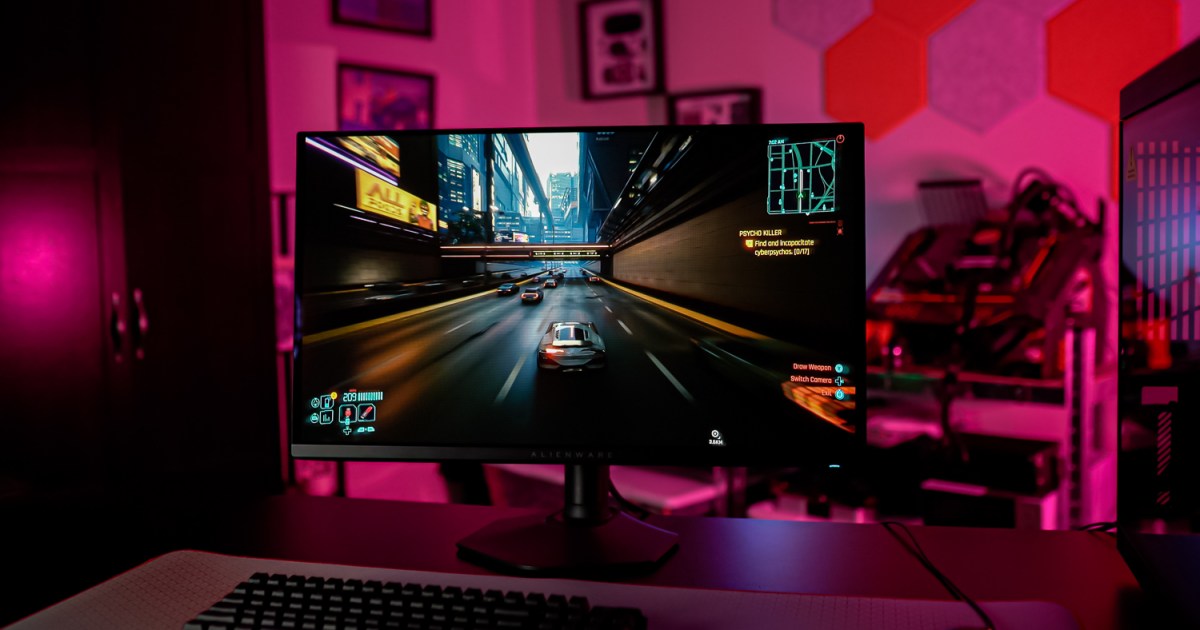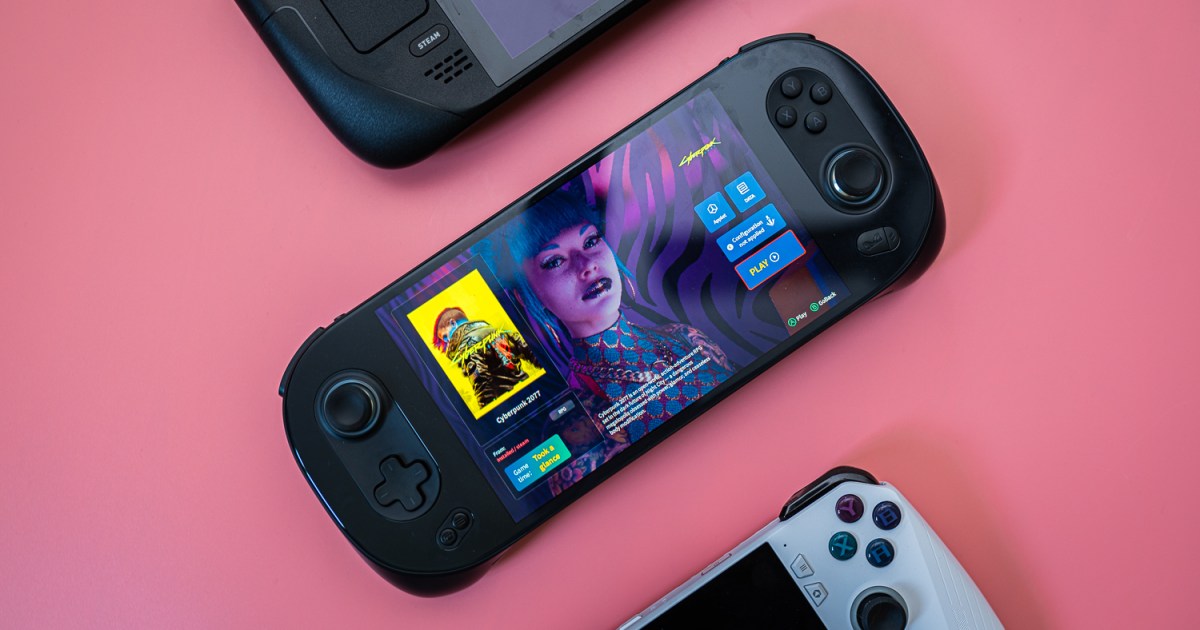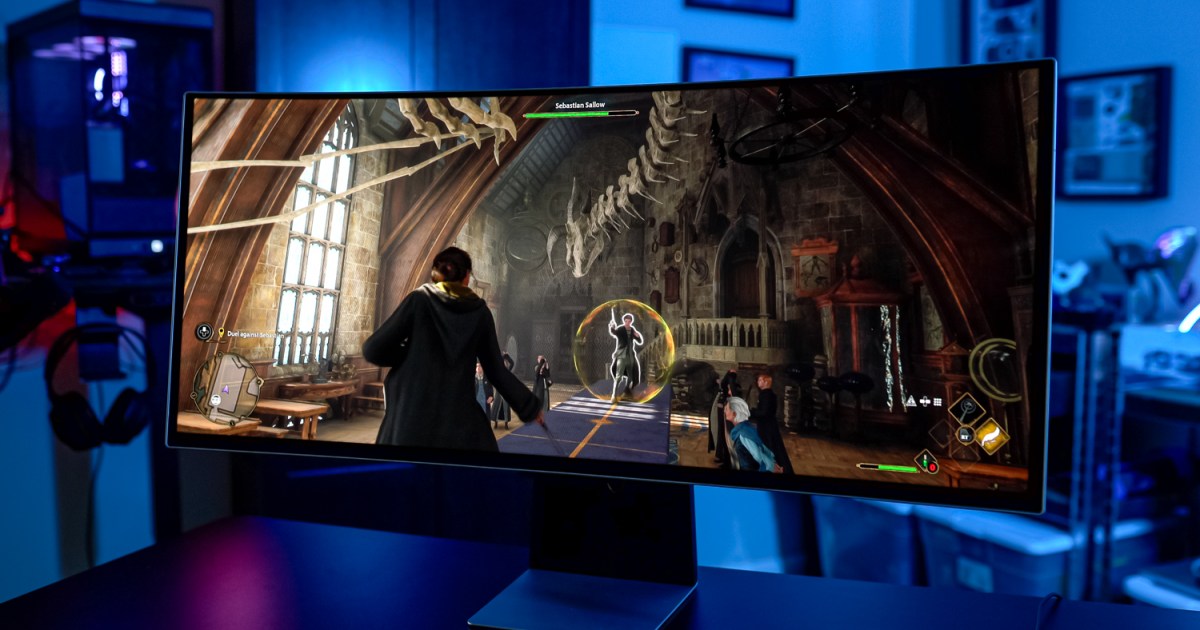The Asus Zenbook 14 OLED has consistently been a top recommendation for laptops under $1,000. Known for minimal compromises at an affordable price, the 2024 model introduces Intel’s latest Meteor Lake Core Ultra processors, placing it among the first laptops to feature this cutting-edge technology. While this new iteration deviates from the previous AMD-powered models and comes with a higher-end configuration, pushing the price up, it remains a strong contender among the best 14-inch laptops available.
Specifications and Configuration
The 2024 Zenbook 14 OLED comes in a single, somewhat impractical configuration. Priced at $1,300, it boasts an Intel Core Ultra 7 155H processor, 32GB of RAM, a 1TB SSD, Intel Arc graphics, and a 14-inch 3K OLED display. This contrasts with the 2023 Zenbook 14 OLED, which started at $700 with a more accessible 8GB of RAM and 256GB of storage.
| Feature | Asus Zenbook 14 OLED (2024) |
|---|---|
| Dimensions | 12.30 x 8.67 x 0.59 inches |
| Weight | 2.82 pounds |
| Processor | Intel Core Ultra 7 155H |
| Graphics | Intel Arc graphics |
| RAM | 32GB |
| Display | 14.0-inch 16:10 3K (2880 x 1800) OLED, 120Hz |
| Storage | 1TB SSD |
| Touchscreen | Yes |
| Ports | 2 x USB-C with Thunderbolt 4, 1 x USB-A, 1 x HDMI 2.1, 1 x 3.5mm audio jack |
| Wireless | Wi-Fi 6E, Bluetooth 5.3 |
| Webcam | 1080p with infrared for Windows 11 Hello |
| Operating System | Windows 11 |
| Battery | 75 watt-hours |
| Price | $1,300 |
While this represents a price jump, the Zenbook 14 OLED 2024 still offers competitive pricing. The Dell XPS 14, for example, starts at $1,699 with half the RAM and storage. The Apple MacBook Air, while less expensive at its $1,099 entry point (8GB RAM, 256GB SSD), reaches $1,899 for 24GB RAM and a 1TB SSD.
This positions the Zenbook 14 OLED 2024 attractively, but the lack of lower-tier configurations makes it less of a bargain compared to its 2023 predecessor. Cheaper models may eventually be released, but Asus hasn’t confirmed this yet.
Design and Build
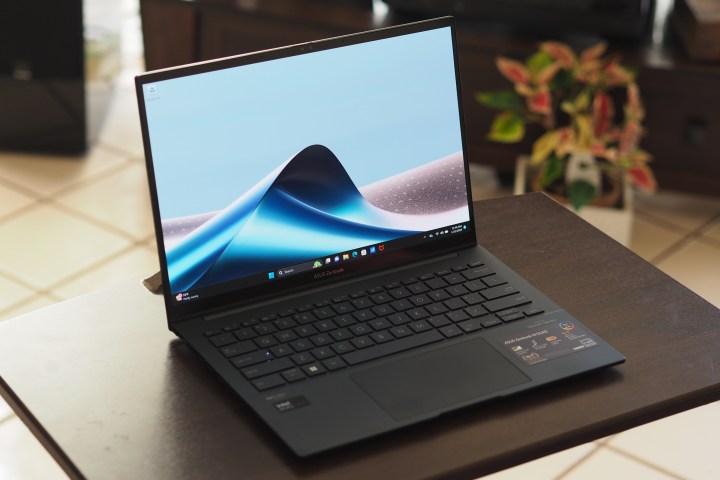 alt text: The Asus Zenbook 14 OLED 2024, showcasing its sleek design and keyboard.
alt text: The Asus Zenbook 14 OLED 2024, showcasing its sleek design and keyboard.
Asus has cultivated a distinct aesthetic with its recent laptops, characterized by sleek minimalism and a subtle geometric display pattern. The 2024 Zenbook 14 OLED, in Powder Blue, continues this trend. While the MacBook Air offers greater elegance and the XPS 14 a more futuristic look, the Zenbook remains visually appealing.
The all-aluminum chassis is robust yet lightweight at 2.82 pounds, featuring an exceptionally rigid lid. While the MacBook Air boasts a solid chassis, its lid is more prone to flexing. Surprisingly, the Zenbook 14 OLED might even have a superior build. Although thicker than the 0.44-inch MacBook Air (at 0.59 inches), the Zenbook justifies its slight thickness with a larger display and nearly equivalent weight.
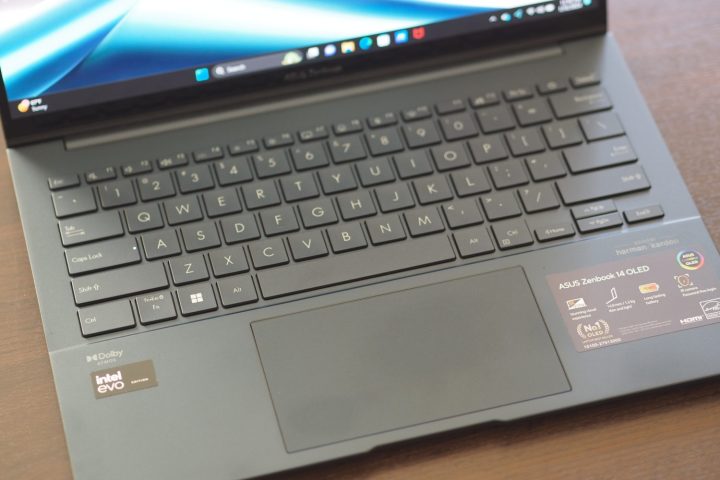 alt text: A top-down view of the Asus Zenbook 14 OLED 2024's keyboard, highlighting its spacious layout.
alt text: A top-down view of the Asus Zenbook 14 OLED 2024's keyboard, highlighting its spacious layout.
The Zenbook 14 OLED’s keyboard features large keycaps, ample spacing, and light, snappy switches with good travel. It provides a comfortable typing experience, closely rivaling Apple’s Magic Keyboard. The hinged chassis lift improves airflow and ergonomics.
The touchpad, however, is a mechanical one. While functional, it’s a slight disappointment in 2024, given the increasing prevalence of haptic touchpads in competitors like the MacBook Air, XPS 14, and Spectre x360 14. The omission of the NumberPad 2.0 from the previous generation is also a drawback for number-centric users. Conversely, the inclusion of an active pen with the touch-enabled display, while unusual for a clamshell, is a welcome addition.
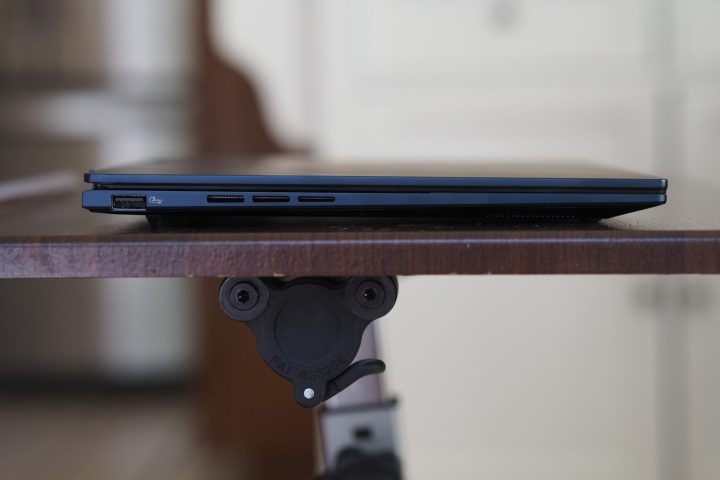 alt text: The left side of the Asus Zenbook 14 OLED 2024, displaying its ventilation grilles and ports.
alt text: The left side of the Asus Zenbook 14 OLED 2024, displaying its ventilation grilles and ports.
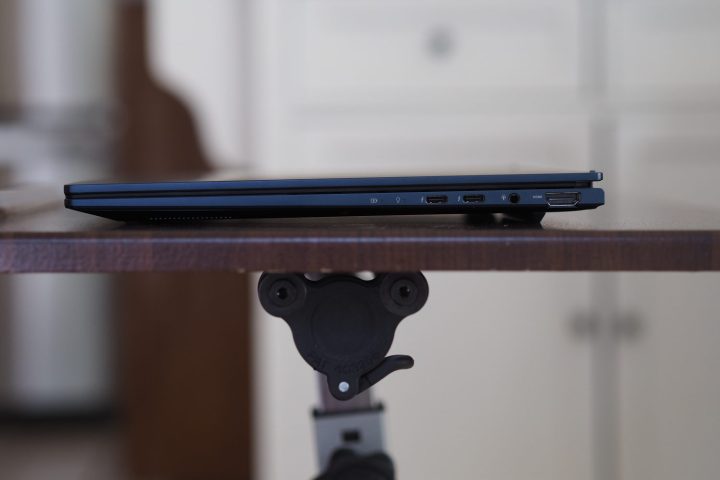 alt text: The right side of the Asus Zenbook 14 OLED 2024, showcasing its available ports.
alt text: The right side of the Asus Zenbook 14 OLED 2024, showcasing its available ports.
Connectivity is solid, blending modern and legacy ports. Unlike Thunderbolt 4-only competitors like the MacBook Air and XPS 14, the Zenbook offers more options, though it lacks a microSD card reader present in the Dell. Wireless connectivity is limited to Wi-Fi 6E and Bluetooth 5.3, despite the Meteor Lake chipset supporting Wi-Fi 7 and Bluetooth 5.4, standards currently found in the Spectre x360 14.
The 1080p webcam, now a standard, includes infrared for Windows 11 Hello facial recognition, which performed reliably in tests. Like other Meteor Lake laptops, Asus highlights the AI processing capabilities of the Neural Processing Unit (NPU) for performance optimization. However, details on the extent of NPU-driven AI features remain limited compared to Dell and HP.
Performance
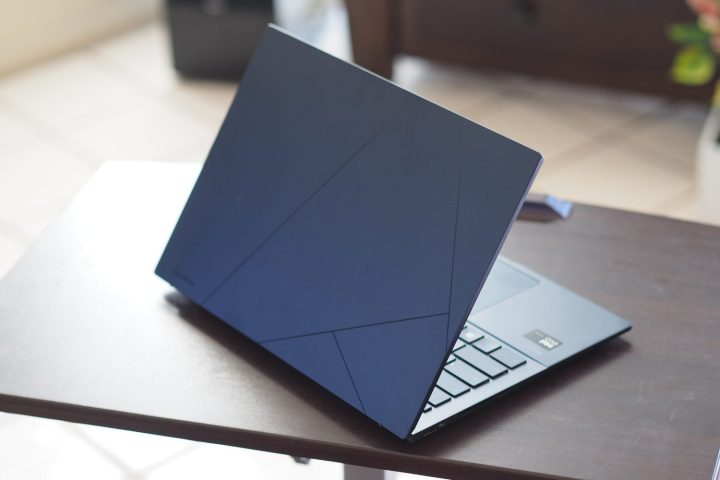 alt text: The rear view of the Asus Zenbook 14 OLED 2024, highlighting the lid design and pattern.
alt text: The rear view of the Asus Zenbook 14 OLED 2024, highlighting the lid design and pattern.
The Zenbook 14 OLED 2024 utilizes Intel’s 14th-gen Core Ultra 7 155H, a 28-watt processor with 16 cores (six Performance, eight Efficient, and two Low Power Efficient) and 22 threads. Based on limited testing, the Core Ultra 7 155H sits between the 28-watt 13th-gen Core i7-1360P and the 45-watt Core i7-13700H.
The Zenbook performed impressively, especially in performance mode, matching laptops like the Zenbook 14X OLED (Core i7-13700H) and HP Pavilion Plus 14 (Ryzen 7 7840U). This makes it suitable for demanding productivity tasks and faster than the current M2-powered MacBook Air.
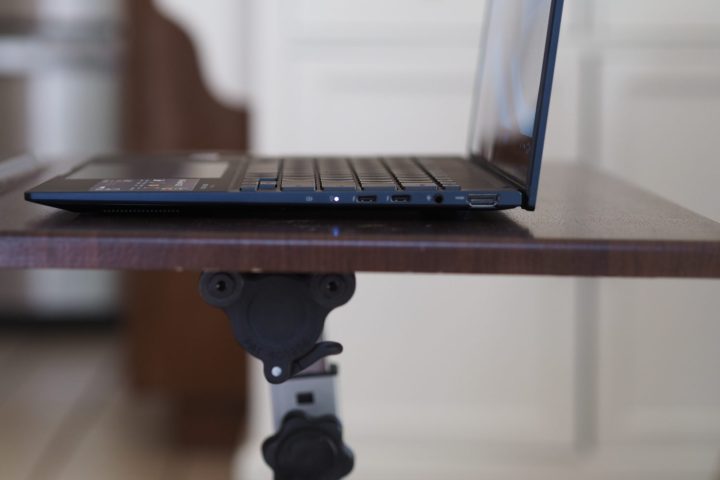 alt text: A side view of the Asus Zenbook 14 OLED 2024, showcasing the lid and port selection.
alt text: A side view of the Asus Zenbook 14 OLED 2024, showcasing the lid and port selection.
Its Intel Arc graphics, while improved over Iris Xe, fall short of entry-level discrete GPUs like the Nvidia GeForce RTX 4050, limiting performance in GPU-accelerated creative applications and gaming.
| Benchmark | Asus Zenbook 14 OLED 2024 |
|---|---|
| Geekbench 5 (single/multi) | Bal: 1,710 / 9,217, Perf: 1,721 / 12,575 |
| Handbrake (seconds) | Bal: 85, Perf: 80 |
| Cinebench R23 (single/multi) | Bal: 1,743 / 10,434, Perf: 1,793 / 12,745 |
| PCMark 10 Complete | 6,348 |
Battery Life
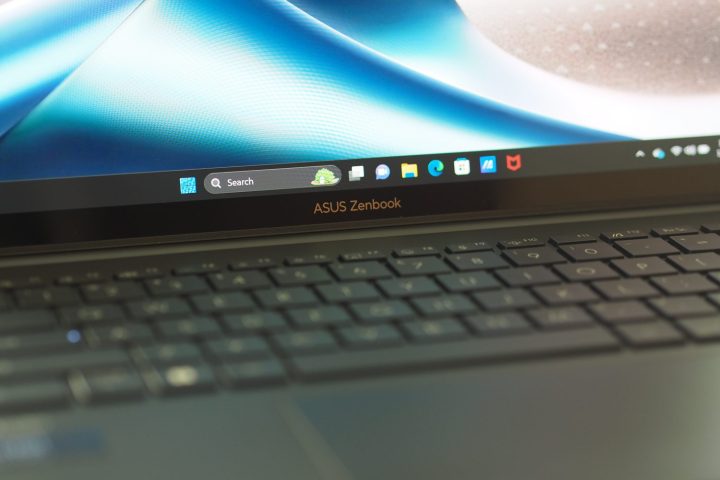 alt text: The Asus Zenbook 14 OLED 2024's front profile, featuring the Asus logo.
alt text: The Asus Zenbook 14 OLED 2024's front profile, featuring the Asus logo.
Meteor Lake aims for better power efficiency. The Zenbook 14 OLED’s results are mixed, with seven hours in web browsing (below average) but almost 14.5 hours in video playback. Neither matches the class-leading MacBook Air M2. Potential firmware improvements might boost performance in CPU-intensive tasks. The 75-watt-hour battery and high-resolution OLED display contribute to these figures. While not terrible, battery life may not suffice for a full workday of intensive use.
Display and Audio
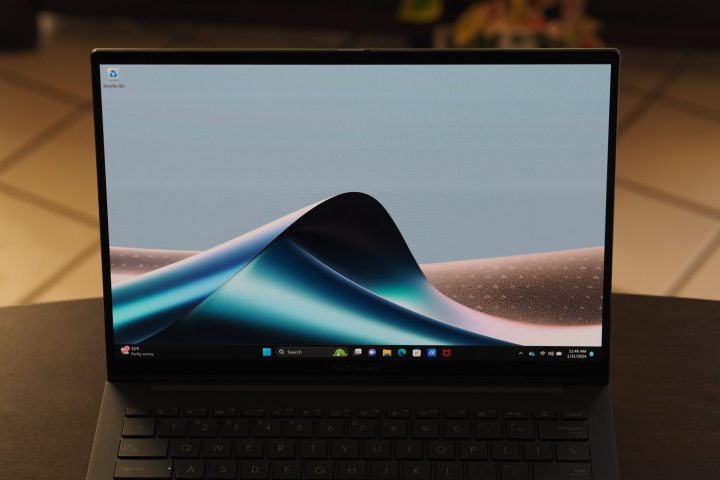 alt text: A close-up view of the Asus Zenbook 14 OLED 2024's vibrant display.
alt text: A close-up view of the Asus Zenbook 14 OLED 2024's vibrant display.
The Zenbook 14 OLED’s display is predictably excellent, with vivid colors and deep blacks. Colorimeter measurements confirm typical OLED performance: 100% sRGB, 98% AdobeRGB, 100% DCI-P3, and a DeltaE of 0.70. The 387-nit brightness is respectable for OLED, offering good HDR performance despite not matching mini-LED displays. This makes the display ideal for productivity, creative work (GPU limitations notwithstanding), and media consumption.
Audio quality is adequate, with downward-firing speakers offering decent volume but limited bass. Headphones are recommended for a richer audio experience.
Conclusion
The 2024 Zenbook 14 OLED combines Intel’s latest processor with a robust build and exceptional OLED display, offering strong performance for non-GPU-intensive tasks. At $1,300, it represents good value, but consider waiting for potential 16GB RAM configurations for better affordability.



